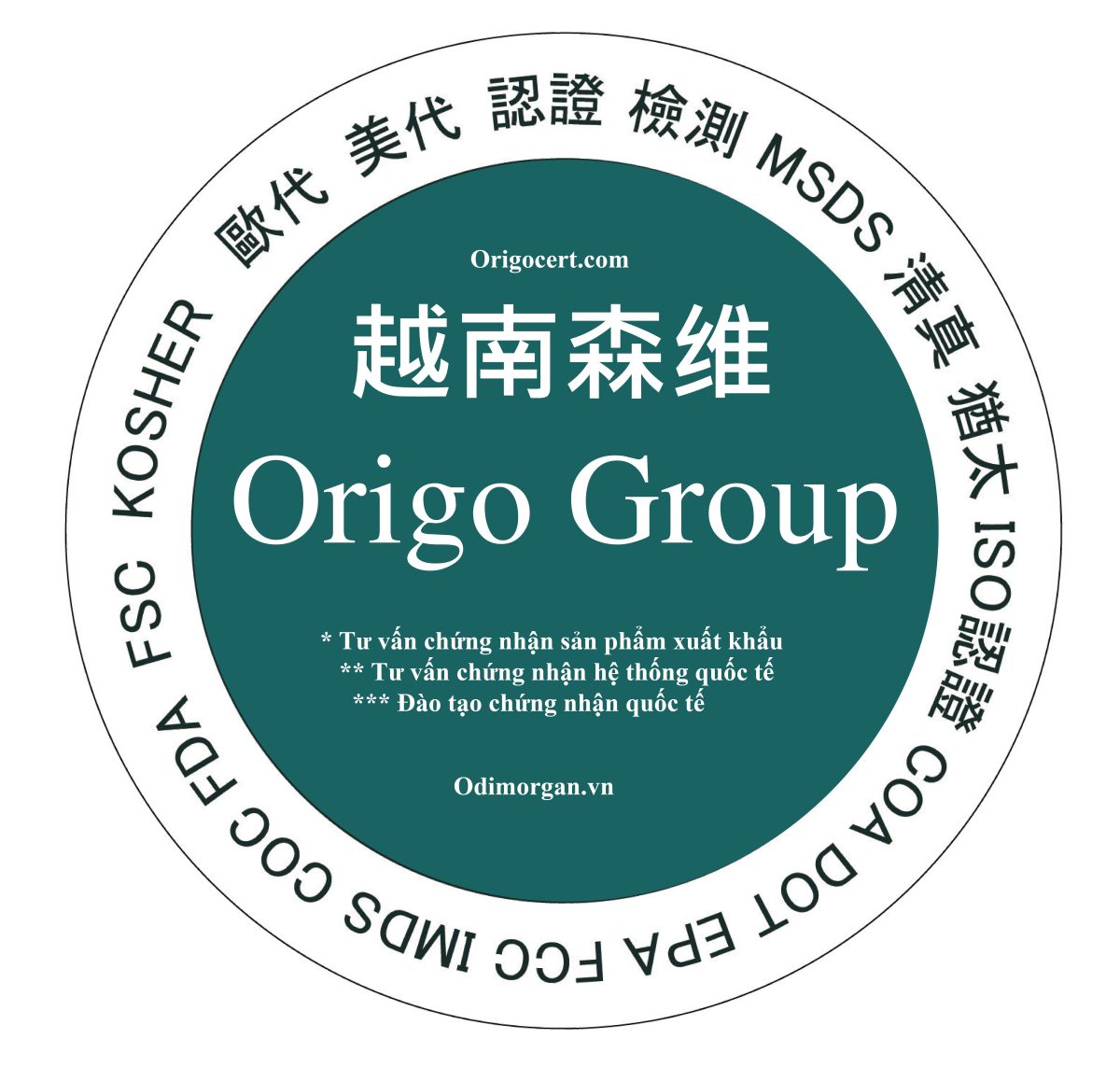Make sure that you verify every transaction individually; if the amounts do not exactly match, those differences will need further investigation. For small businesses, the main goal of reconciling your bank statement is to ensure that the recorded balance of your business and the recorded balance of the bank match up. Individuals should reconcile bank and credit card statements frequently to check for erroneous or fraudulent transactions. A reconciliation can uncover bookkeeping errors and possibly fraudulent transactions. An outcome of this examination is that adjusting entries are made to the accounting records, to bring them into line with the supporting evidence. This tends to result in fewer audit adjustments at the end of the year, since most issues have already been found and corrected by the accounting staff.
This helps to ensure that the business’s records accurately reflect the transactions that have taken place in its bank account. Accounts payable reconciliation makes sure that general ledger balances match those in underlying subsidiary journals. It adheres to accrual accounting principles and reconciles balances for credit card statements to the appropriate payables account. Reconciliation must be performed on a regular and continuous basis on all balance sheet accounts as a way of ensuring the integrity of financial records. This helps uncover omissions, duplication, theft, and fraudulent transactions. Most importantly, reconciling your bank statements helps you catch fraud before it’s too late.
Who should prepare the account reconciliation?
For instance, when you receive a check from a what is equity in accounting its the value remaining after liabilities customer, you may have recorded it as paid. But there are chances that the check could have bounced due to numerous reasons. Reconciling credit cards involves comparing purchase receipts with credit card statements provided by the card company. This helps to ensure that all credit card transactions have been accurately recorded in the business’s financial records. However, generally accepted accounting principles (GAAP) require double-entry bookkeeping—where a transaction is entered into the general ledger in two places. When a business makes a sale, it debits either cash or accounts receivable on the balance sheet and credits sales revenue on the income statement.
Whether it’s reconciling bank statements, vendor accounts, or intercompany transactions, each type plays a pivotal role in ensuring that records are consistent and errors are promptly identified and corrected. Reconciliation can also be done to match balances between internal and external accounts. For example, a company might reconcile bank transactions recorded on its books and those recorded at the bank’s end to figure out mismatches. On a personal level, someone can keep track of their credit card spending and match it with the bank statement to understand the account differences. Analytics review uses previous account activity levels or historical activity to estimate the amount that should be recorded in the account. It looks at the cash account or bank statement to identify any irregularity, balance sheet errors, or fraudulent activity.
Reconcile to Account Activity
For a small business or an account with very few transactions, reconciliation may not be a challenge. But for high-volume accounts — how to prepare and analyze a balance sheet +examples like cash in a busy organization— you may be looking at thousands of transactions. Doing that work manually is tedious and time-consuming to say the least, and it’s easy to make mistakes. Adding to the challenge, some transactions may be split on one side but not the other. Let’s say you’ve been drooling over the latest model widget polisher for your business.
How to Do Account Reconciliation
- The accountant of company ABC reviews the balance sheet and finds that the bookkeeper entered an extra zero at the end of its accounts payable by accident.
- The company should ensure that any money coming into the company is recorded in both the cash register and bank statement.
- The company lodges a complaint with the landlord and is reimbursed the overcharged amount.
- For example, a company may review its receipts to identify any discrepancies.
Performing regular balance sheet account reconciliations and reviewing those reconciliations is one form of internal control. Auditors will always include reconciliation reports as part of their PBC requests. Fortunately, today’s accountants have the advantage of automation and reconciliation tools like account reconciliation software that can make short work of the time-consuming chore of transaction matching. Most accounting systems and ERPs have built-in modules that can import bank transactions and compare them to the transactions in the system.
Revenue and Finance Automation
With real-time reconciliation capabilities, HighRadius ensures that your financial records are updated daily. This is particularly helpful to organizations where a large number of transactions take place every day. Its powerful matching algorithms quickly identify and resolve variances, increasing speed and accuracy.
The first step is to how to calculate payroll tax liabilities compare transactions in the internal register and the bank account to see if the payment and deposit transactions match in both records. Identify any transactions in the bank statement that are not backed up by any evidence. The analytics review approach can also reveal fraudulent activity or balance sheet errors.








